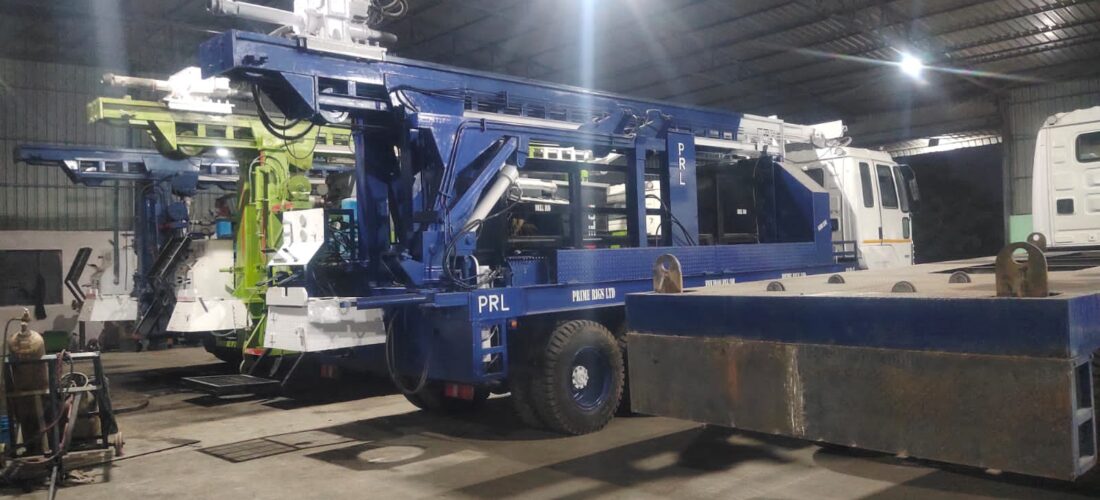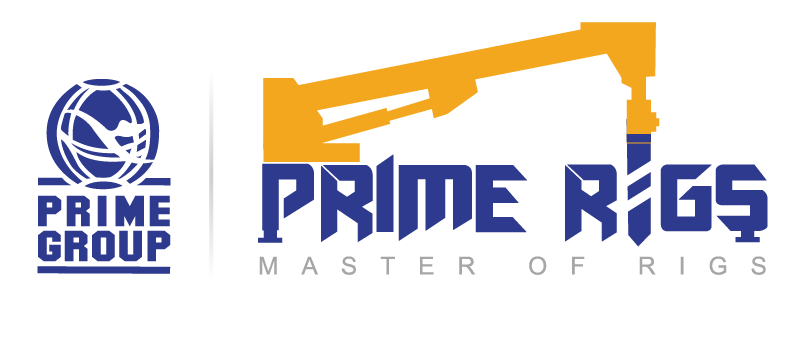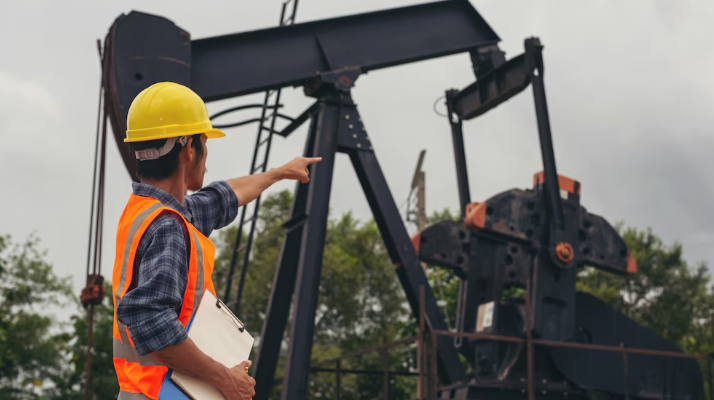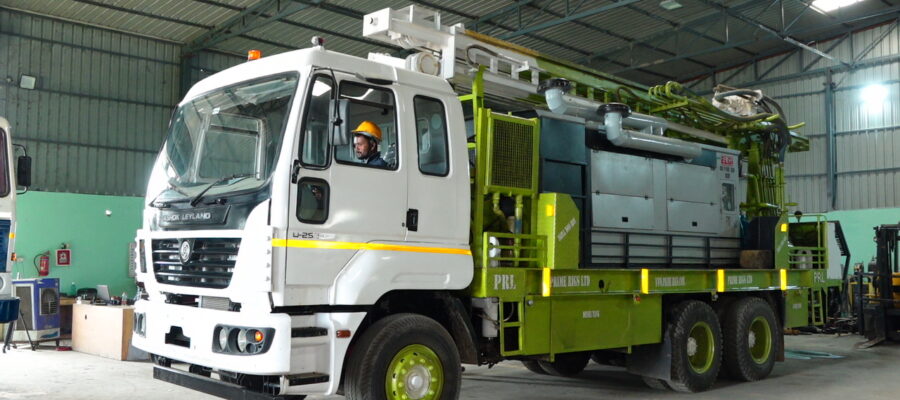
Access to safe and reliable water sources is a global necessity, especially in areas where water shortage is a major concern. Water well drilling rigs are one method of extracting water from underground reservoirs. These rigs are complex machinery built to penetrate the earth’s surface to extract groundwater from beneath it. Understanding the operating principle of water well drilling rigs is critical for understanding how these machines transport water to the surface. By exploring every aspect of their operation, we can understand the complexities of extracting groundwater and understand the importance of these rigs in ensuring water supplies for people all over the world:
-
Site Preparation
Site preparation is the initial step before drilling begins. It mainly includes selecting the perfect location for the well. Engineers and geologists survey the land to find suitable spots where groundwater is likely to be present. Once the site is selected, any obstacles or debris on the surface are cleared to make way for the drilling rig.
-
Drilling Operation
The drilling operation starts once the site is prepared. A drill bit, attached to the drill string, is lowered into the borehole. The drill string is a series of connected hollow tubes that transmit torque and weight to the drill bit. With the help of the rig, the drill bit cuts through the earth’s surface, creating a borehole. The rig applies downward force and rotational motion to penetrate the ground.
-
Circulation of Drilling Fluid
During the drilling process, drilling fluid, also known as mud, plays a crucial role in several ways. First, it helps cool down the drill bit as it cuts through the soil and rock formations. Secondly, the drilling fluid carries rock cuttings, small pieces of rock broken up by the drill bit, to the surface. Finally, the drilling fluid serves to stabilize the walls of the borehole.
-
Formation Evaluation
Throughout the drilling operation, engineers and geologists closely monitor various aspects of the process to evaluate the characteristics of the subsurface formations. They pay attention to factors such as the rate of penetration, or how quickly the drill advances through the earth, and the size and composition of the rock cuttings brought to the surface.
-
Casing Installation
When the desired depth is reached, a steel casing is placed into the borehole to prevent it from collapsing. It is carefully lowered into the hole, ensuring a snug fit to maintain the integrity of the well. Perforations are made in the casing to allow water to flow into the well while keeping out unwanted debris and contaminants.
-
Well Completion
After the casing is installed, the well is finalized through a process known as completion. Screens are inserted into the casing to filter out any large particles and sediment, ensuring the water extracted is clean and pure. Once the filtration system is in place, a pump is installed to draw water from the aquifer up to the surface for use.
Wrapping Up
By understanding how these rigs operate, we gain insight into the complex process of drilling for water sources beneath the earth’s surface with the help of reliable drilling rig suppliers. This understanding is crucial for ensuring the sustainable management of our water supply for present and future generations.
Recent Post
- Frequent Used: Heavy Construction Equipment and Instruments
- What Type of Water Drilling Should You Choose?
- How To Choose The Perfect Drilling Rig To Buy?
- Tips For Selecting the Right Drilling Rig According to Your Need
- Water Well Drilling: Numerous Advantages
- How To Find Affordable And Reliable Water Well Drilling Rigs For Sale?
- Everything You Need to Know About Water Construction Rigs
- Water Drilling Rigs: Know The Different Types
- Refurbished Borehole Drilling Machine: Is It Worth The Purchase?
- Safety for the Construction Industry: Why Does it Matter?
- Milling Or Drilling: Which Is The Right Process To Choose?
- Choosing A Construction Truck Rigs Supplier Keeping Perfection In Mind
- Factors That Can Help You Select The Best Water Well Drilling Rig
- What Makes Drilling Rigs Different From Milling Rigs?
- Water Well Drilling Rig: All You Need to Know About It
- Do’s and Don’ts of Choosing the Right Rigs
- Underground Drilling Rigs: Features That Make Them Unique And Most Recommended
- What are construction drilling rigs? Why do companies need them?
- How do drilling companies help you with core drilling exploration?
- Key Features and Benefits of Drilling Machines in the Construction Industry
- Exploring the Advantages of Portable Borewell Drilling Technology
- How to Choose the Right Drilling Rig for Your Needs
- Reasons to Invest in Absolute Guide for Rotary Drilling
- Selecting the Ideal Drilling Rig: Ensuring Safety, Efficiency and Cost-Effectiveness





